While national and international political narratives are full of doom and gloom these days, a counternarrative is emerging through a growing movement of cities around the world—such as Pittsburgh, Pennsylvania—that have committed to achieving the Sustainable Development Goals (SDGs). Sparked by the priorities laid out in a new city strategy, a best practice is emerging, a living lab on the SDGs, with different constituencies and stakeholders mobilizing to take on this ambitious, aspirational agenda. Across sectors, people are finding value in this framework to tackle tough issues that have long plagued postindustrial cities like Pittsburgh. This unfolding story is worthy of attention and holds lessons for others.
Something’s happening here
This commitment to the SDGs has become, in the words of Pittsburgh Mayor Bill Peduto, a matter of “civic pride and civic well-being,” manifesting rather rapidly. In the summer and fall of 2018, my conversations with city workers and Carnegie Mellon University (CMU) colleagues about the SDGs were filled with curiosity but also reservations; just a few months later, the same colleagues were surprised to acknowledge that wherever they went, “SDG talk was in the air.” By the fall of 2019, Mayor Peduto and the provost of CMU had each made public commitments related to the SDGs—the city to complete a Voluntary Local Review (VLR), and CMU to complete a first-of-its-kind Voluntary University Review (VUR), of which I am admittedly a champion as a co-chair of the CMU’s Sustainability Initiative.
Development is not something that happens only elsewhere or just in the global south. It happens everywhere.
VLRs are relatively new phenomena where cities use the SDGs to nudge, align, commit, and report how their localities are making progress toward achieving the goals. While VLRs take their inspiration from the national reviews that countries present at the U.N., they are an innovation with no official blueprint, so cities have a lot of leeway in how they do this work.
This is even more true for universities; while there is a lot of progress in many universities around green practices, to our knowledge, there has never been a VUR using the full SDG framework. This spring and summer, CMU will engage in an exercise to see what students, faculty, and staff are doing in terms of education, research, and practice that align with the SDGs. It will initially be a stocktaking exercise that we expect will lead to elevating existing work as well as generating new areas of engagement, collaboration, and most important, solutions to society’s most challenging problems.
Interestingly, in making these announcements about the SDG reviews, both the city government and the university were joining a movement that had already begun growing organically in Pittsburgh, picking up significant momentum throughout 2019. The private sector began last year with commitments around sustainability. Numerous nonprofits were already hard at work and in some cases gaining international recognition. Local philanthropy is pivoting as well as several other local universities.
The efforts in Pittsburgh underscore the SDGs’ paradigm shift in how to think about both development and sustainability in the 21st century. Namely, they recognize that development is not something that happens only elsewhere or just in the global south. It happens everywhere. Pittsburgh has long-standing patterns of inequities and inequalities across race and gender it must address—as do many communities in the United States. Black women in Pittsburgh are twice as likely to experience fetal mortality than white women in Pittsburgh. Most striking, Black fetal mortality in Pittsburgh is higher than Black fetal mortality in 94 percent of similar cities. Notably, Pittsburgh’s Black adult women are five times more likely than white adult men to live in poverty.
If citizens sit back and wait for their national government or policymakers to make a move on the SDGs—especially here and now in the U.S.—they will miss out entirely on the benefits of this agenda.
In this work, the “sustainability” in the SDG framework includes but goes beyond environmental and climate-related issues. It involves not only equity but also the need to reduce violence, exemplified by the mayor’s efforts to change gun procurement following the mass atrocity in 2018 at the Tree of Life Synagogue. It requires the participation of citizens, and especially listening to the perspectives of young people belonging to “Cohort 2030,” the generation born after 1980 that has the most to gain or lose by how robustly we implement the SDG agenda. And yes, it includes greener buildings, much of which Pittsburgh is doing through the Green Building Alliance. The SDGs, when comprehensively implemented, bring these elements together.
What are lessons for other cities interested in the SDGs?
Alignment is the first step. Pittsburgh is still in the early days of its SDG journey. First steps include mapping who is doing what on issues that align with and possibly contribute to the SDGs. Much is already in the works, from the University of Pittsburgh’s new Center on Sustainable Business launched in October 2019 to the December 2019 announcement that a local grocery chain would be ending single-use plastic bags.
At CMU, as a first step in creating our VUR, we are embarking on efforts to establish a baseline of what the CMU community knows and cares about concerning the SDGs, collecting data from every CMU campus including Adelaide, Doha, Kigali, Los Angeles, Silicon Valley, and Washington, DC, as well as Pittsburgh. Landscaping, however it is done, will be vital to reveal hidden connections, neglected issues, as well as areas of excellence. It will help set priorities and commitments, and different entities—cities, universities, philanthropies, the private sector—will have different methods for embracing challenges and opportunities.
“The SDG effect” suggests promise but also needs to show impact. Pittsburgh offers an excellent place to observe the unfolding of what we hypothesize will be generally known as “the SDG effect.” By aligning city plans, educational institutions’ strategic priorities, advocacy work, private sector practice, and philanthropic resources with the SDGs, we will be able to measure and demonstrate impact and outcomes. For example, by aligning with global campaigns around cutting in half all forms of violence by 2030, we can make meaningful progress locally as well as become part of a community of practice globally. In any case, making the SDG effect real—and frankly, making it reasonably soon—will necessitate the actions of the mayor’s teams, but also the private sector, young people, universities, and local foundations, working collaboratively to create a more peaceful, prosperous Pittsburgh for all Pittsburghers.
Sustainability is about more than climate. Like many American cities, Pittsburgh has suffered a mass casualty event, and some citizens experience serious issues of inequity and inequality daily. It is not hard to make the case to Pittsburghers that the 21st century definition of sustainable development encompasses political, social, and economic issues as well as environmental ones. Progress on all fronts is interconnected.
Responsibility rests with all stakeholders and citizens. While there is much enthusiasm, there is more work to be done raising awareness and increasing literacy about the SDGs—reinforcing the message that they be locally owned, and that in 2020, we are beginning “the decade of action” to achieve the SDGs by 2030. In fact, perhaps the most important takeaway from the emerging Pittsburgh Platform is that responsibility for making progress on the agenda rests simultaneously in many sectors with multiple stakeholders. If citizens sit back and wait for their national government or policymakers to make a move on the SDGs—especially here and now in the U.S.—they will miss out entirely on the benefits of this agenda.
Local leadership matters to advance the global goals. At the same time, it must be acknowledged that support from leaders in institutions embracing the framework is also critical to signal prioritization, create momentum, align resources, and push back on naysayers and cynics. Regardless of how difficult this shared work will be, the imperatives to move the ball decisively on equity, on violence, and on the very viability of the planet suggest there is no Plan B.
As young people around the world remind us each day, business as usual is not an option. If, in the last decade, globalization led to alienation and the rise of populism in many places, in this next decade, the global agenda has to be applied locally by local leaders so no one is again left behind.
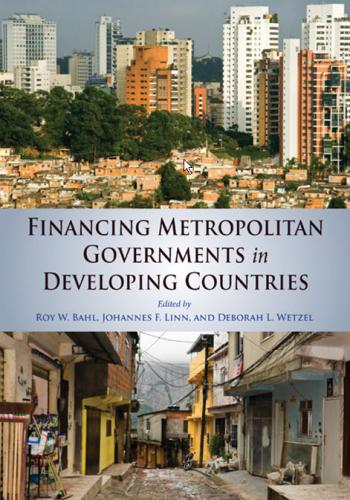
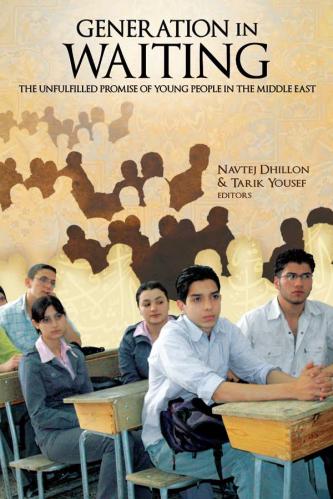
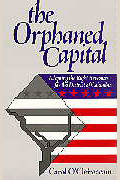
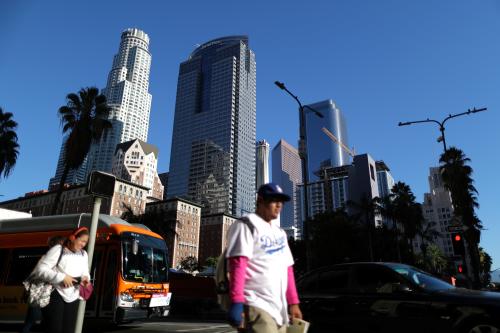


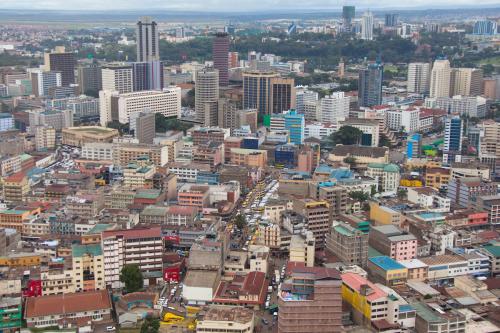

Commentary
The ‘SDG Effect’: The emerging Pittsburgh platform to deliver the global goals locally
January 30, 2020